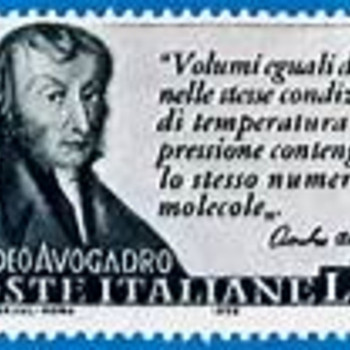If an ideal gas has a pressure of 4.97 atm, a temperature of 481 K, and has a volume of 29.83 L, how many moles of gas are in the sample?
1 Answer
May 13, 2016
Explanation:
The Ideal Gas Law explicitly states that:
Note that the only problem in solving this problem is choosing an appropriate gas constant,

